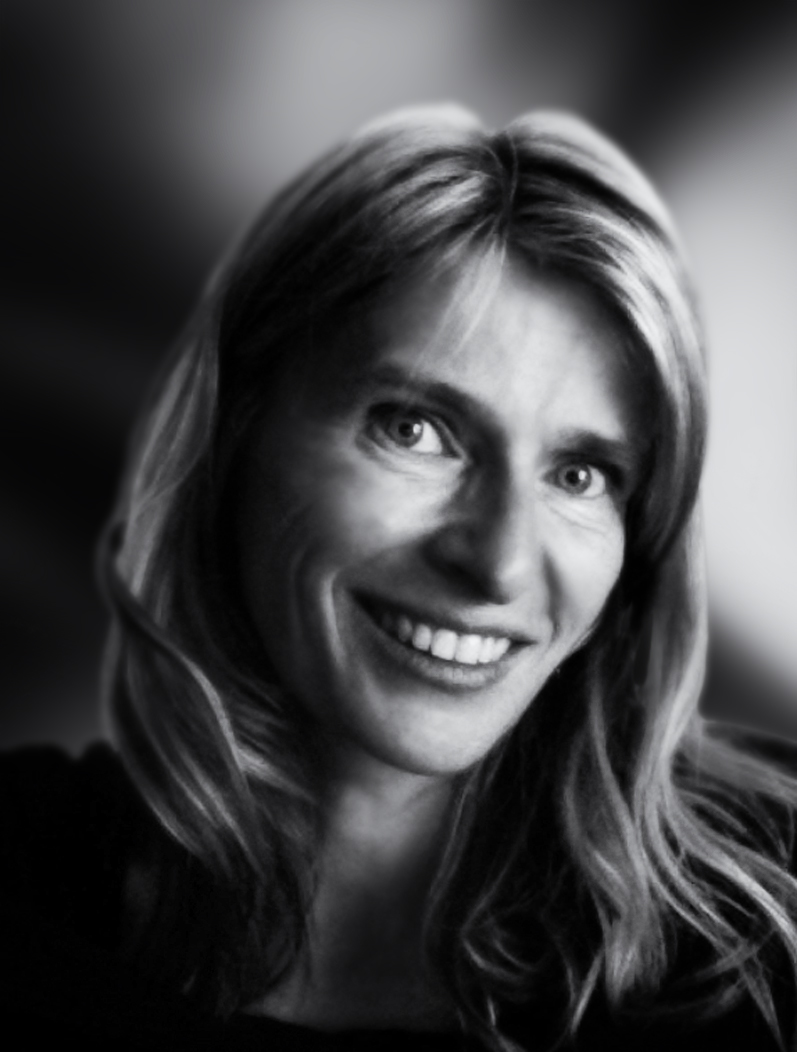Eighteen established writers, one from each city/region, were commissioned to write a chapter in a response to their Arts & Society theme within the context of their city.
Just as Ulysses is innovative in its form and language, so the writers were chosen with a view to reflecting a breadth of genres, styles and innovations. All the (new) chapters from the 18 cities/regions will be brought together in a book to be published in the Autumn 2024: ULYSSES European Odyssey.
Monika Bulaj wrote the chapter on Trieste
Writer’s Statement
I accepted the proposal to write about Trieste, Joyce, and History with uncertainty and gratitude, seeing it as an opportunity to get to know the city in which I live.
The paths towards writing remain secret until one loses oneself in them. I got to know them as I walked, listening to the out-of-tune polyphony of this city of many borders on an imaginary map, where the past and the present dialogue.
Like karst rivers, stories and voices began to spill out. I realised that I had touched the untouchable, put my hands in the wounds of this city of comfortable myths and resounding reticence, numbed by words and muted by history and its unshared memories. I wondered, too, where did the thirst for knowledge, for tides, winds and currents, plants, beasts, peoples and stars, sown for two centuries in the Triestine emporium, go?
A weave of synchronies and layers of memories has emerged. They tell of Trieste from the end of the First World War, when Joyce became the Triestine exile, finding refuge in writing against the nightmare of history, while the ‘defunct’ Austria left the defused grenade of nationalism in Trieste, in that miniature Europe.
Too much history for so little geography. A dot on maps that does not coincide, where space and time tie a knot.
Writer’s Biography
Monika Bulaj was born in Warsaw in 1966. She is an award winning photographer, reporter and documentary filmmaker, and her research focusses on the boundaries of faiths, ethnic and religious minorities, nomadic peoples, migrants, untouchables and dispossessed peoples, in Europe and Asia, Africa and the Caribbean.
She studied philology at the University of Warsaw, and followed courses in anthropology, philosophy and theology. She studied theatre and dance and worked as an actress, teacher and theatre director until 2002. She teaches photography, street theatre and stilt walking to children in at-risk communities. She writes in Italian and Polish, speaks eight languages and has three children. She taught herself photography.
She has been published in La Repubblica, Corriere della Sera, Gazeta Wyborcza, Revue XXI, Internazionale, Geo, Courier International, National Geographic, Time Lightbox, The New York Times Lens, Al Jazeera. She has published books on literary and photographic reportage, with Alinari, Skira, Frassinelli, Electa, Feltrinelli and Bruno Mondadori.
She directed and scripted the documentary film, Sons of Noah, and wrote the screenplay for Romani Rat, directed in 2002 by M. Orlandi, on the Roma genocide by the Nazis during the Second World War, which was made with the support from the Shoah Visual History Foundation.
Her latest book – which is currently sold out and out of print – Nur. The hidden light of Afghanistan, was chosen by TIME Magazine as one of the best photographic books of 2013. She has produced hundreds of photographic exhibitions across Europe as well as in New York and Cairo.



